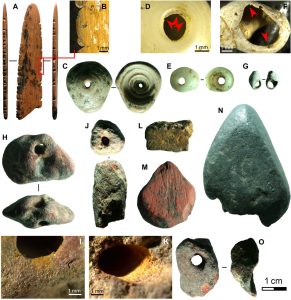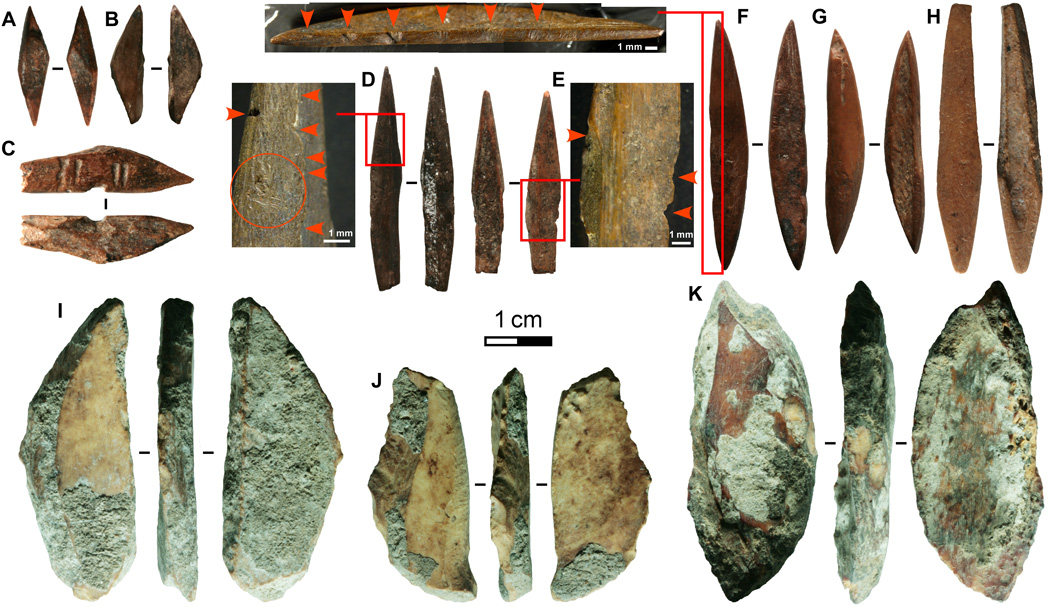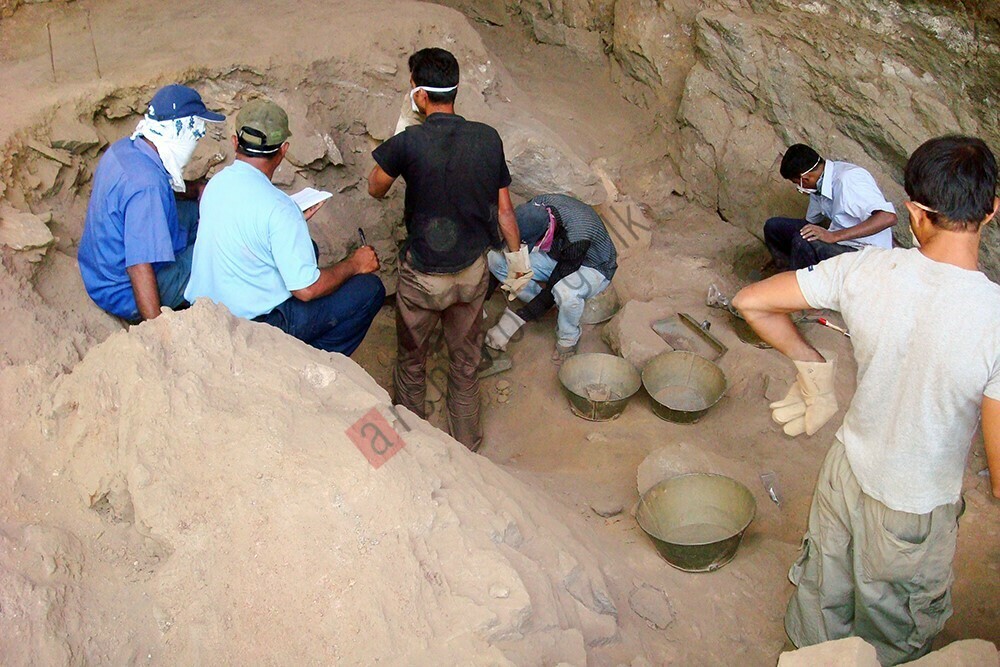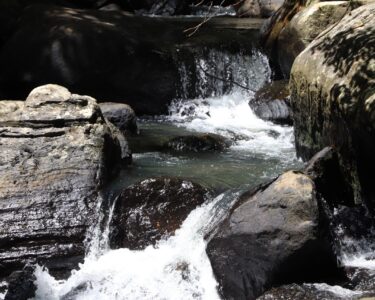Sri Lanka emerged as “a particularly important region for understanding how our species managed to successfully colonize a wide variety of environments among a backdrop of changing climates.” With the paper published by Michelle C. Langley of the Australian Research Centre for Human Evolution and prominent archaeologist Shiran Daraniyagala with many others.
 The paper published in 2020 has gone somewhat unnoticed, probably due to the Corona pandemic that followed soon after The research was carried out at 48,000-year-old Fa-Hien Lena cave close to Bulathsinhala in southwestern Sri Lanka.
The paper published in 2020 has gone somewhat unnoticed, probably due to the Corona pandemic that followed soon after The research was carried out at 48,000-year-old Fa-Hien Lena cave close to Bulathsinhala in southwestern Sri Lanka.
The research revealed that the inhabitants of the cave used advanced hunting tools and weapons. Among the tools were hunting bow-and-arrow kits and weapons, such as knives, which were carved from animal bones and teeth.
The research confirmed that the tools made of bone were created on-sisitea-Hien Lena. The researchers hoped that more attention is given to sites “beyond the traditional heartlands of paleoanthropological and Palaeolithic archaeological research” however this is yet to happen.
This discovery is of great importance as it is the first such site to be found outside of Africa. A further study could reveal many more secrets on how the early inhabitants used technology while roaming the earth. We can better understand the technological advancements that were made when early man roamed the Earth.







